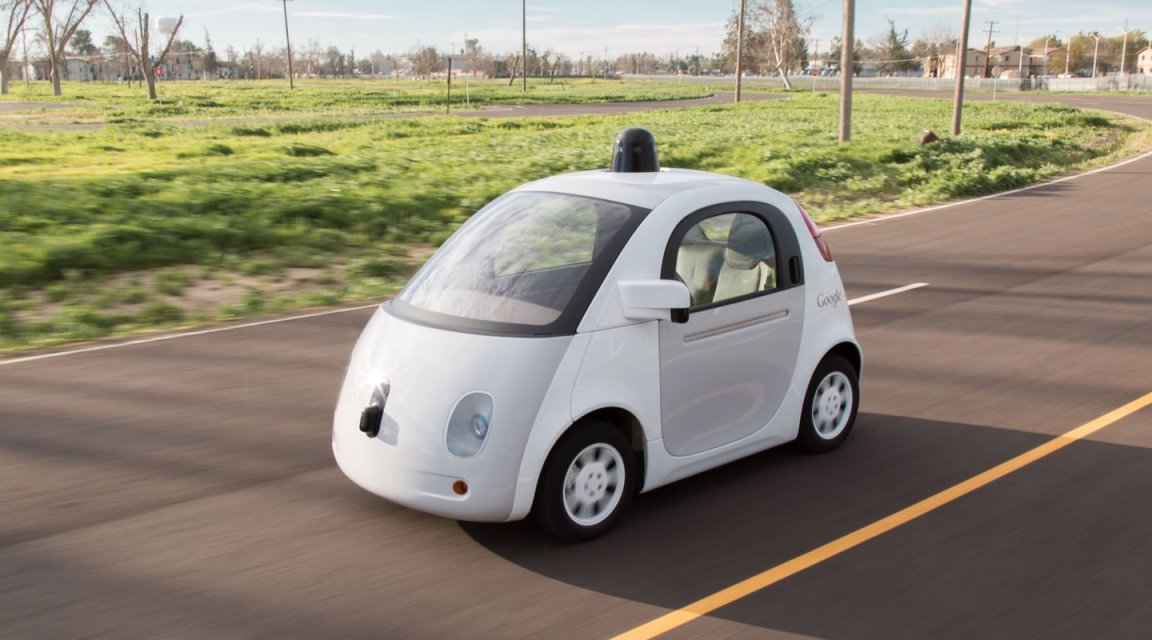
Accidents Happen
Recently, Google’s self-driving car got into a bit of a scrape. According to the accident report posted by California’s Department of Motor Vehicles, an autonomous Lexus SUV hit a public bus over Valentine’s Day as it was trying to avoid sandbags on the road.
“Google’s car intended to turn right off a major boulevard when it detected sandbags around a storm drain at the intersection. The right lane was wide enough to let some cars turn and others go straight, but the Lexus needed to slide to its left within the right lane to get around the obstruction,” AP News reported based on the accident report.

The self-driving car was going 2.3 km/h (2 mph) when it veered left and headed straight towards a bus, going at 24 km/h (15 mph). So it was an extremely slow-speed crash.
Fortunately, no one was injured during the accident.
The test driver—who by law should be in the front seat of the autonomous vehicle while the technology is still being tested—was expected to grab the wheel in case of emergencies; apparently, the driver assumed that the bus would yield before it made impact.
So the test driver was obviously incorrect in this assumption, and so was the autonomous car for that matter….some drivers just think they own the road.
Who’s to Blame?
The accident report did not specifically pin the blame on either the autonomous car or the bus, but Google has already released a statement declaring that they are indeed taking “some responsibility” given that, if the car didn’t try to avoid the sandbags, it would not have hit the bus.
In addition, Chris Urmson, who heads Google’s autonomous vehicles division, also stated in a brief interview that “the Lexus was moving before the bus started to pass.” The agency has yet to reach a conclusion regarding liability, which may not even come to light given that damages are negligible.
To date, Google’s self-driving cars have been involved in almost two dozen collisions around the Mountain View area, where they began testing the technology on city streets back in 2014. Most of the cases were minor, with mainly Google’s vehicles being rear-ended, and with no serious injuries.
But it underscores the point that Google’s autonomous vehicles are racking up more auto accidents than a joyriding teenage driver addicted to texting. Or at least, it seems so; however, it should be noted that it’s not just one car getting into all these crashes—there are a multitude on the road.
Google cites the collision as an example of the “negotiation that’s a normal part of driving—we’re all trying to predict each other’s movements.” The team is also reviewing and studying the incident so they can change the software, rewriting it so that self-driving cars understand that buses may not yield the way other vehicles do.
No word yet on whether the incident will count as a point against the autonomous car’s license.